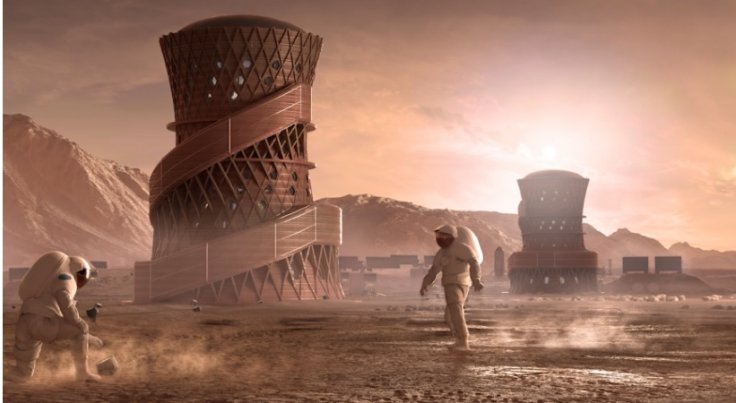Space agencies like NASA and private space companies are now busy formulating an effective action plan to materialize human colonization on Mars in the near future. However, there are various factors that may negatively impact the human plan to set up a base on the Red Planet, and one of the most noted ones in this long list is raging storms that blew across the space body at regular intervals.
Mars storms are too wild and violent beyond imagination

In 2018, a raging storm blew across Mars, and it damaged NASA's Opportunity Rover that was exploring the surface of the Red Planet. As per NASA scientists, these storms can create massive dust towers that may reach even 80 kilometres high.
A new study report published in the Journal of Geophysical Research: Planets talks about the dust tower phenomenon, and it also tries to shed light on how Mars lost water from its surface. Unlike the storms on earth, a global Martian storm may last for several weeks, and it will result in drastic weather changes for several months.
"Normally the dust would fall down in a day or so. But during a global storm, dust towers are renewed continuously for weeks," said Nicholas Heavens, a researcher at the Hampton University and the lead author of the study in a recent statement.
As per experts, water molecules that form Mars' wispy clouds get trapped in these dust towers and will be carried high into the atmosphere. As the water molecule reaches high altitudes, solar radiation will break down water molecules, and experts believe that these dust towers might explain how Mars lost its water over the course of years.
Will these dust towers negatively impact human colonization?
Raging dust storms that may last for weeks will surely have a negative impact on the human colonization on Mars for sure. However, the most serious threat that will be faced by humans is nothing but dangerous space radiation.
A few weeks back, Samantha Rolfe, an astrobiologist at the University of Hertfordshire had claimed that missions aimed at carrying humans to Mars could turn into a moral catastrophe. As per Rolfe, human intervention on the Red Planet will introduce earthly microorganisms on Mars, and it may kill possible alien life on Mars. She also added that astronauts who visit Mars will be exposed to deadly space radiations which will result in serious health hazards.
A section of space experts believes that the most feasible way to protect humans from space radiation is by initially sending artificial intelligent bots to Mars. These bots will be designated to build shelters that will allow humans to stay in Mars without being exposed to space radiation.









